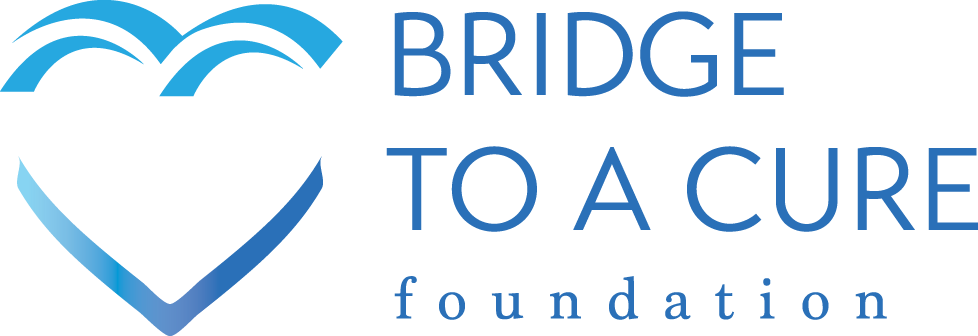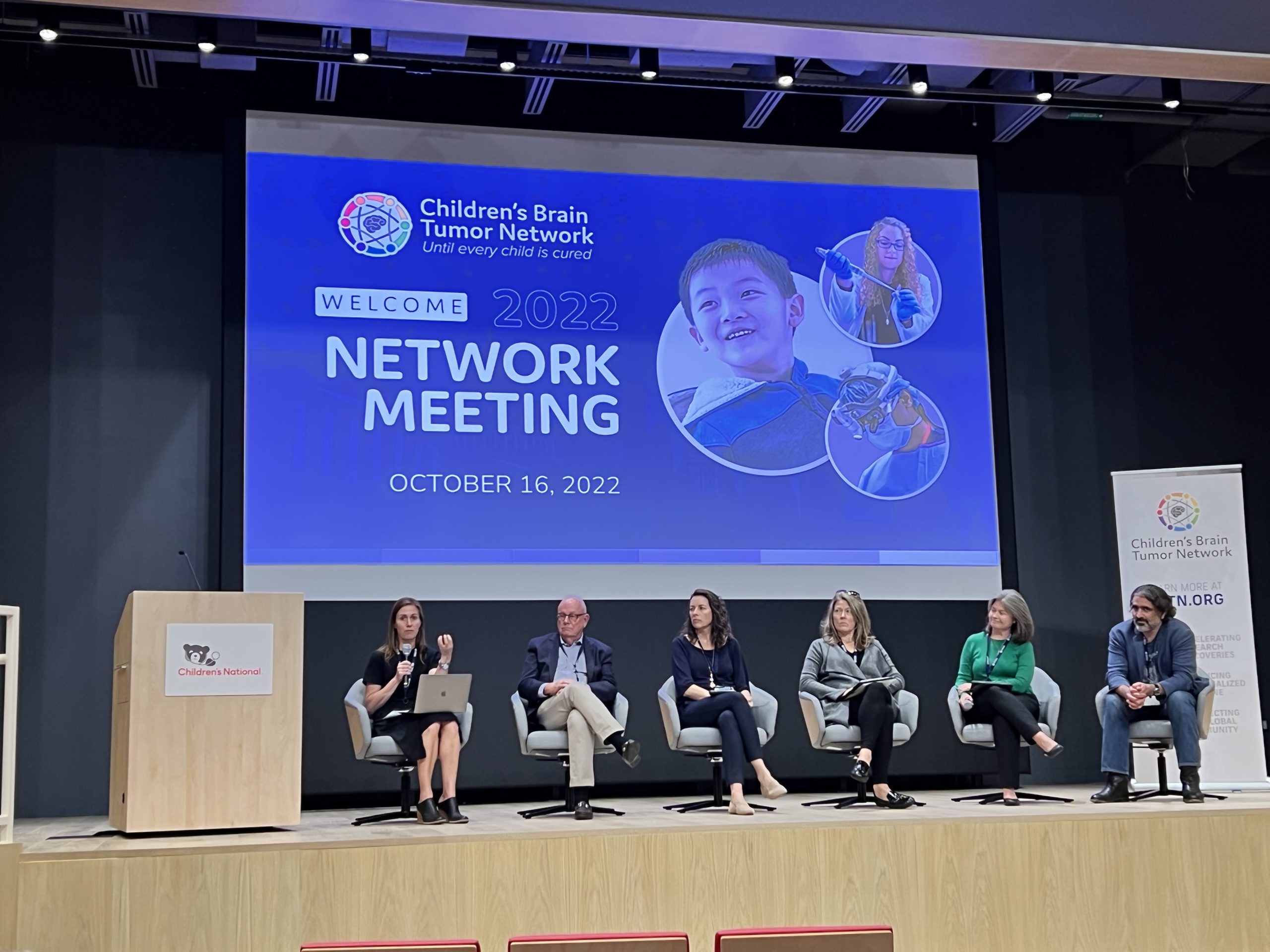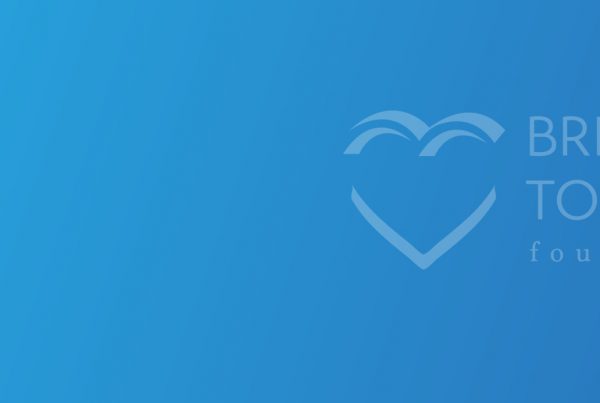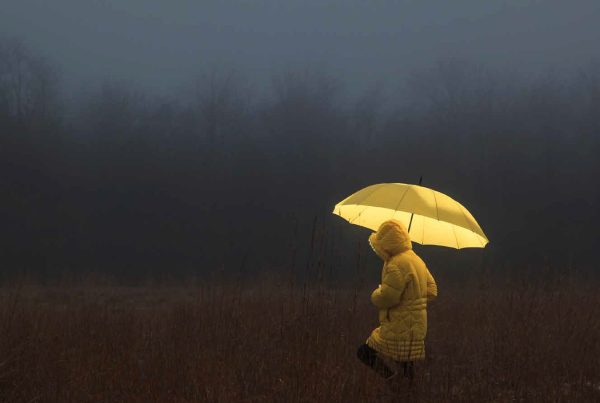Top Minds Gather To Share Progress at CBTN Scientific Summit & Networking Meeting
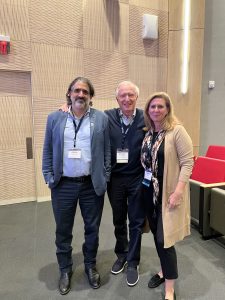
Bridge To A Cure Foundation Founder Bob Martin flanked by Children’s Brain Tumor Network leaders Dr. Adam Resnick and Jena Lilly
This past September, Bridge To A Cure President Bob Martin and Executive Director Wendy Payton attended the 2022 Children’s Brain Tumor Network (CBTN) Scientific Summit & Network Meeting, where a worldwide collective of childhood brain tumor researchers, clinicians, and patient advocates gathered at the Children’s National Hospital in Washington, DC.
Three hundred research projects currently in process that would not be possible if not for the kind of ample data and resources provided by our partner CBTN. Through unprecedented utilization of technology, reinforcement of powerful collaborations, and a return to empathy in research, CBTN shared how their groundbreaking model is changing the trajectory of finding cures to childhood brain cancer for the better.
The Mission
Children’s Brain Tumor Network is an advocate for collaborative research with a focus on data optimization—to more effectively lead us to fulfilling our goal of cutting childhood cancer deaths 50% by 2030.
By now, it’s clear how Children’s Brain Tumor Network and Bridge To A Cure values and vision align in that, ultimately, both recognize the current model of how childhood brain cancer is being researched doesn’t work—and dedicated themselves to make a change.
Some key topics covered in the Scientific Summit that Bridge To A Cure believes break the mould and bring us closer than ever to realize our mission:
- Data Collection. The collection and storage of data samples from patients is crucial to speed up advancements as well as provide a way for children and their families to leave a legacy.
- Open Access. An ever-growing network of partnerships that align with Bridge To A Cure values through Children’s Brain Tumor Network allow for the most efficient pathway to discovery.
- Technology for Analysis. Technology and big data no longer have room to be overlooked in the medical research realm.
These three key points address some of the largest challenges that advocates for cures face in the medical research realm: trust and technology.
The delicate nature of a critical piece of discovery
“We can all learn from every child.”
-Greg Reaman, Incoming Director of the National Cancer Institute’s Childhood Cancer Data Initiative
One huge problem the brightest of researchers face every day is simply not having the data they need to make advancements in scientific discovery. Historically, patients and medical professionals weren’t aware that contributing biospecimens was possible. The collection of data has often been stored in databases that have limited access and inconsistent protocols for how the information is entered. In recent years, and through collaborative efforts with Bridge To A Cure Foundation allies, these perceptions are changing. As systems for timely collection are developed and technology for storing large amounts of data is innovated, the generous contribution from children and families to medical research is utilized in impactful ways. High levels of coordination happens to ensure samples remain viable for research. Through partnerships between foundations and institutes, and though awareness-raising initiatives, families are able to contribute to the advancement of finding cures to childhood brain cancer—and leave a legacy in their child’s name.
Breaking barriers through partnerships
At Bridge To A Cure, we recognize that the siloed, limited-access approach to research between competing institutions holds back the possibility of realizing cures for thousands of children afflicted with a horrific cancer diagnosis. Often, institutes compete because it impacts fundraising opportunities and prestige. A breakthrough that one institution discovers won’t be communicated and shared with others who might have the next key in how that discovery can be applied to therapies, or even cures, for childhood brain cancer. At the Scientific Summit, it was refreshing to see so many speakers from different institutes and research labs reaffirming exactly why we partnered our efforts with Children’s Brain Tumor Network in the first place.
“Sharing is caring,” was a theme touched on throughout the Summit.
It was an honor to connect with Children’s Brain Tumor Network leadership, Members from National Cancer Institute, various children’s hospitals, and research universities. People from all across the country came together to share findings in the current state of where childhood cancer is. This is what medical research should look like—prioritizing cures to save kid’s lives through sharing and collaboration.
Technologies’ growing presence in medical research
Ken Harris from Amazon Web Services (AWS Health) presented about technologies’ place within medical research. There is no longer room to overlook big data and modern technology in the medical research realm. The old model was one of conducting individual projects, one at a time, with little support. According to AWS, the capability of artificial intelligence and advanced analytics means mass amounts of high-quality data are readily available more than ever before. Big data in healthcare is not just advancing; adaptation is now required to keep up with research capabilities. Moving forward, training in bioinformatics will be readily available—meaning institutes and researchers will adapt to new departments that will foster further collaboration and efficiency.
After the Children’s Brain Tumor Network Scientific Summit, Bridge To A Cure is certain that our plan to focus on data collection, storage, and access, is the right one. By unifying technology, supporting an open-model scientific approach, and encouraging database adoption with our partners (and now supporting AI tools), we reaffirm our mission to reduce cancer deaths 50% by 2030.
For a list of all the speakers from the event, and to see some of the amazing sponsors of the Scientific Summit, click here.
